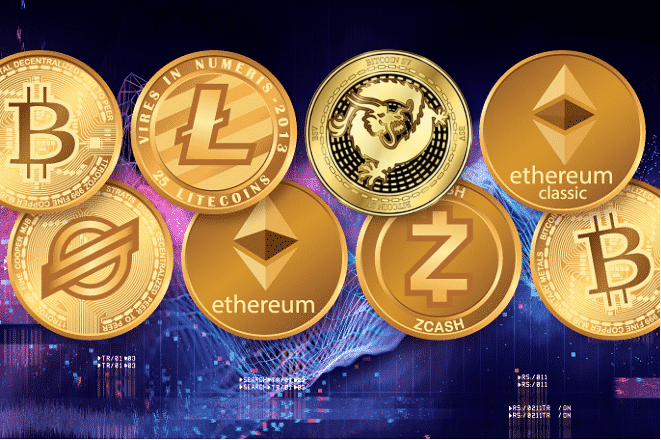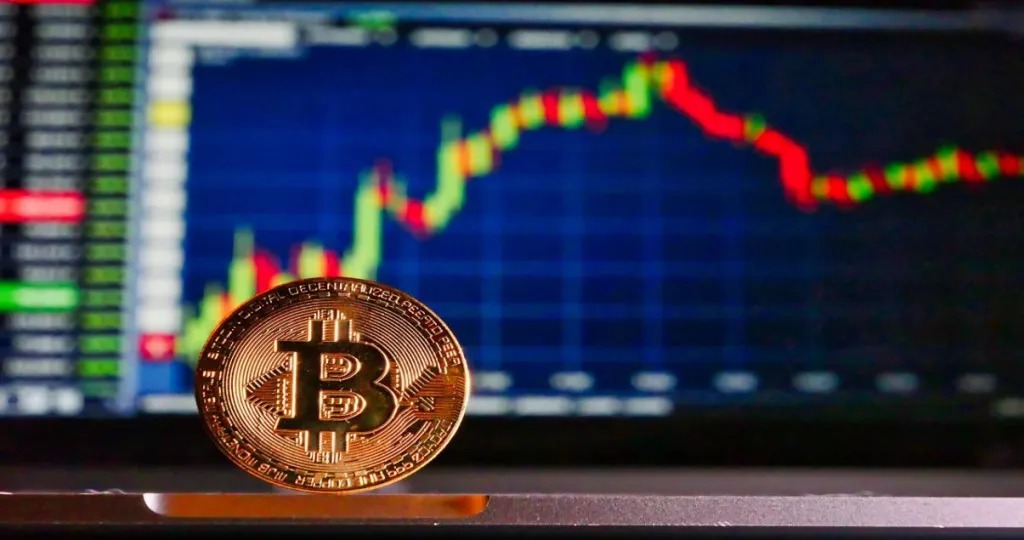
Today we’re discussing Types of Coins in Cryptos? like Altcoins, stablecoins, and shit coins.
What is Bitcoin?
bitcoin is the largest cryptocurrency with a market cap of $1,037,814,791,544 (18/03/21). It was made in 2009 by a pseudonymous Satoshi Nakamoto. Bitcoin is decentralized as compared to regular currencies which are centralized. There is no form of a physical bitcoin, all bitcoins are stored on an online ledger. It is powered by blockchain which makes it extremely secure and impossible to hack into. Due to the fact it is on a blockchain, anyone can see the live transactions and transaction history of bitcoin.
Use case
Due to the growing popularity of cryptocurrencies, bitcoin is being adopted as a form of payment. Both businesses and people are seeing its benefits such as:
– User anonymity
– Blockchain network
– Secure private keys
– Decentralised structure
– Finite supply
All these factors make Bitcoin the future of payments, providing benefits that regular, centralized fiat currencies cannot.
What is an ALT-COIN?
An altcoin is any cryptocurrency coin except bitcoin, these include Stablecoins, utility tokens, and security tokens to name a few.
Altcoins use a technology called blockchain that allows secure peer-to-peer transactions, they are not the same as bitcoin, as they have different purposes and appeal to different types of customers, providing different purposes.
Some of the pros of altcoins are; low transaction fees, p2p network, and blockchain network, altcoins usually improve on bitcoins’ flaws and low transaction fees.
To name a few cons; the value of altcoins is very volatile and they have a risk of fraud or scams.
Some examples of popular Alt Coins:
– ETH
– DOT
– LIT
– COTI
– XDB
Stable Coins
Stablecoins are digital assets that track the value of fiat currencies or other assets. For example, you can buy tokens pegged to the dollar, euro, yen, and even gold and oil. Stablecoins allow the holder to transfer profits and losses and value at a fixed price on peer-to-peer blockchain networks.
Bitcoin (BTC), Ether (ETH), and other altcoins have always been historically volatile. While this provides many opportunities for speculation, it has drawbacks. Volatility makes it challenging to use cryptocurrencies for day-to-day payments. For example, traders can take $5 in BTC for a coffee one day but find their BTC worth 50% less the next day. This makes planning and managing the surrounding business challenging.
Previously, crypto investors and traders had no way to profit or avoid volatility without converting crypto back to fiat. The creation of stablecoins provided a simple solution to these two issues. Today, you can easily enter and exit crypto volatility using stablecoins like BUSD or USDC.
Shit Coins
A shitcoin is an undervalued cryptocurrency or digital currency that has no immediate, discernible purpose.
The term is often used to describe altcoins or cryptocurrencies that developed after Bitcoin became popular.
Shitcoins are characterized by short-term price increases followed by nosediving by investors who want to capitalize on short-term gains.
Shitcoins are easy to identify because they follow certain patterns. While the coin may have some interest when it launches, its price remains relatively level. But in the short term prices rise rapidly as investors begin to jump on board. This is followed by a nosedive situation with investors dumping their coins for short-term gains.
It is unlikely that the development and marketing of altcoins that will one day be considered shitcoins will slow down significantly while interest in cryptocurrencies remains high. Some governments, notably those in South Korea and China, have taken a keen interest in outsourcing cryptocurrency mining operations, while others, such as Japan, have promoted the use of cryptocurrencies in the wider market



